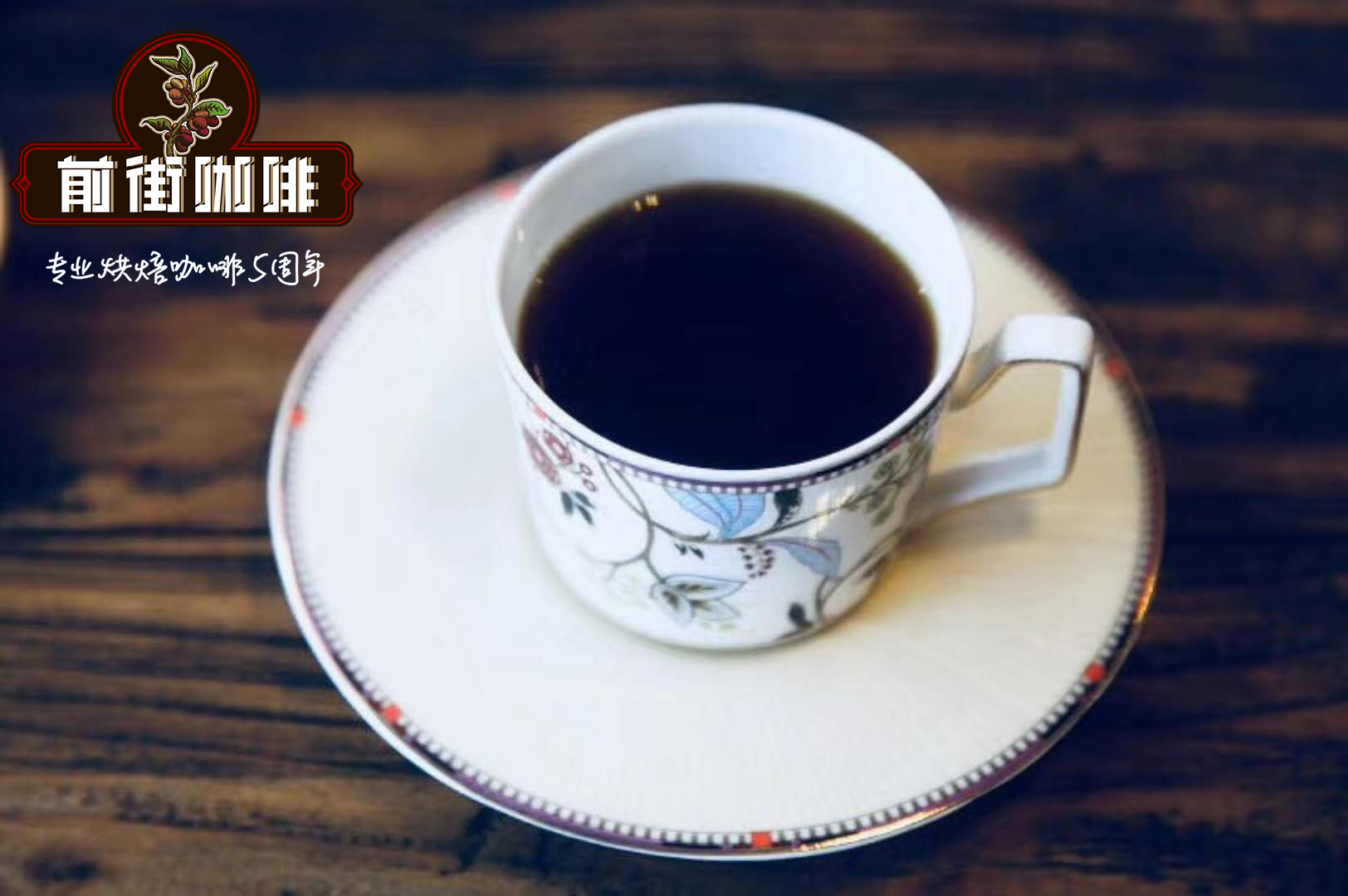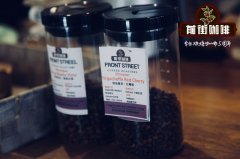What's the difference between iron pickup and Katim coffee beans? is Katim Arabica coffee beans?

Professional coffee knowledge exchange More coffee bean information Please pay attention to coffee workshop (Weixin Official Accounts cafe_style)
Coffee trees are shrubs that are botanically part of the Coffea family Rubiaceae (Rubiaceae), which has more than 500 genera and more than 6,000 species. Between 25 and 100 of them were questioned whether they should be included in Coffea. Most economically valuable raw beans belong to C. arabica or C. Canephora species, known as arabica (coffea arabica) and robusta (coffea canephora). Coffea arabica is an inbreeding result of allotetraploid (2 n = 44). 40 to 50 infraspecific taxa are known, suspected to be derived from var. arabica (including var. C. type). arabica and var. Bourbon these two varieties. In addition to these two varieties, there are Liberica and Excelsa.
In terms of economic value, the coffee varieties circulating in the market are mainly Arabica and Robusta. Arabica coffee accounts for about 70% of the market and Robusta for about 30%.
Arabica has two main varieties, the Kadura Caturra and Catimor. Catimo is currently the most widely grown coffee variety in the world, accounting for about 75% of Arabica varieties. Catimor is a hybrid of Caturra and Timor and has 25% of the Robusta gene. Its advantages are strong disease resistance, drought tolerance and high yield.
Catimor
It was developed in Portugal in 1959 as a cross between Timor and Caturra, which have rust resistance. Early maturity, strong disease resistance, yield is much higher than other varieties with commercial value. For this reason, fertilization and shade must be applied diligently. The progeny of Catimor T-8667 are relatively short, with large fruits and seeds. Catimor line T-5269 is very strong and suitable for growing at altitudes of 600-900 meters and in areas with annual rainfall exceeding 3000 mm. T-5175 is highly productive and robust, but can be troublesome at too high or too low an altitude. At low elevations, its quality is similar to other commercially valuable varieties, but above 1,200 m it is much better than Bourbon, Caturra and Cauai.
February 26-28, 2001: The First Asian Regional Round-Table on Sustainable, Organic and Specialty Coffee Production, Processing and Marketing was held in Chiang Mai. During the meeting, Dr. Ernesto Illy, owner of Italian coffee company Illy, mentioned the poor quality of caterpillars coffee in his speech on "Factors Affecting the Quality of Coffee Green Beans". Because it has 25% of the Robusta coffee gene, it increases rust resistance but reduces quality.
Typica
The variety, usually considered to be the original coffee type, has a conical shape and grows at an incline. Although it grows well (slightly higher than Bourbon) and is taller than most variants, ten to 13 feet (3 to 4 meters) tall, it tends to be relatively low-yielding.
Important Notice :
前街咖啡 FrontStreet Coffee has moved to new addredd:
FrontStreet Coffee Address: 315,Donghua East Road,GuangZhou
Tel:020 38364473
- Prev

Still struggling to drink your brewed coffee right away? Still in order not to be able to survive for a long time
Professional coffee knowledge exchange More coffee bean information Please pay attention to coffee workshop (Weixin Official Accounts cafe_style) Want to taste coffee, but afraid of the bitter taste of coffee, hate its sour taste, so every time you drink milk, even sugar! Now, there's a chemical molecule called nitrogen that can change your stereotypes about coffee, that new feeling you haven't had before, like the first time you were a child.
- Next

Coffee that looks like both wine and coffee-- Irish coffee, stories about Irish coffee
For information, please pay attention to the coffee workshop (Wechat official account cafe_style), which is rich and mellow, which is another realm of drinking coffee. Coupled with the strong aroma of Irish Whiskey's Irish Coffee, the cost of coffee is higher than that of ordinary coffee, but it can enhance the fun and romantic realm of coffee. Special service, very high-end and distinguished coffee. It is very suitable for men to drink at night. Irish coffee is my favorite.
Related
- Detailed explanation of Jadeite planting Land in Panamanian Jadeite Manor introduction to the grading system of Jadeite competitive bidding, Red bid, Green bid and Rose Summer
- Story of Coffee planting in Brenka region of Costa Rica Stonehenge Manor anaerobic heavy honey treatment of flavor mouth
- What's on the barrel of Blue Mountain Coffee beans?
- Can American coffee also pull flowers? How to use hot American style to pull out a good-looking pattern?
- Can you make a cold extract with coffee beans? What is the right proportion for cold-extracted coffee formula?
- Indonesian PWN Gold Mandrine Coffee Origin Features Flavor How to Chong? Mandolin coffee is American.
- A brief introduction to the flavor characteristics of Brazilian yellow bourbon coffee beans
- What is the effect of different water quality on the flavor of cold-extracted coffee? What kind of water is best for brewing coffee?
- Why do you think of Rose Summer whenever you mention Panamanian coffee?
- Introduction to the characteristics of authentic blue mountain coffee bean producing areas? What is the CIB Coffee Authority in Jamaica?

